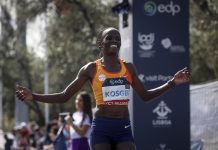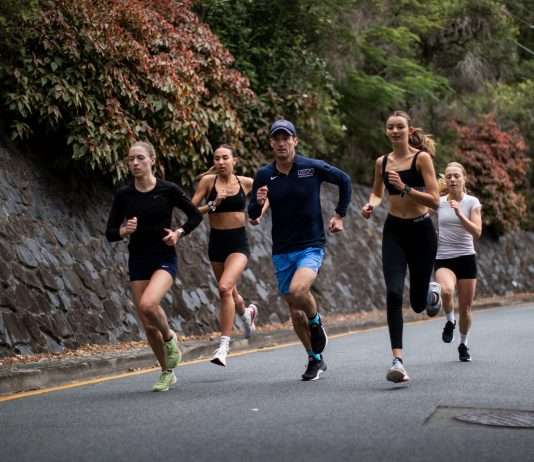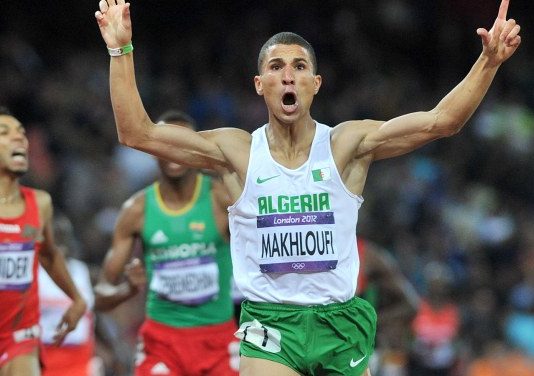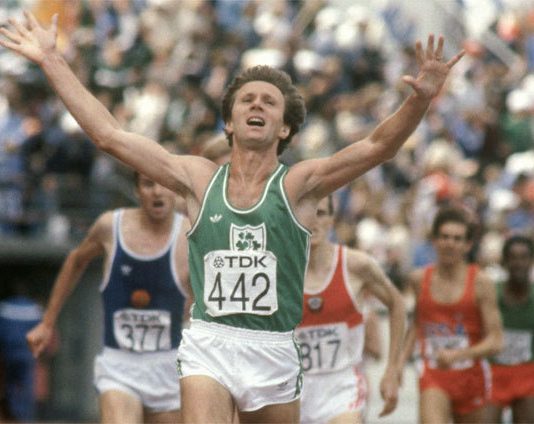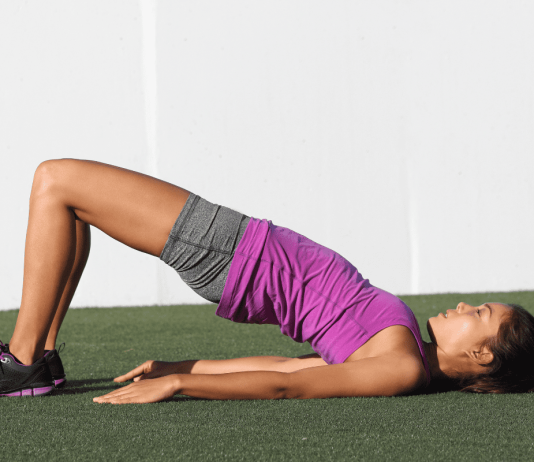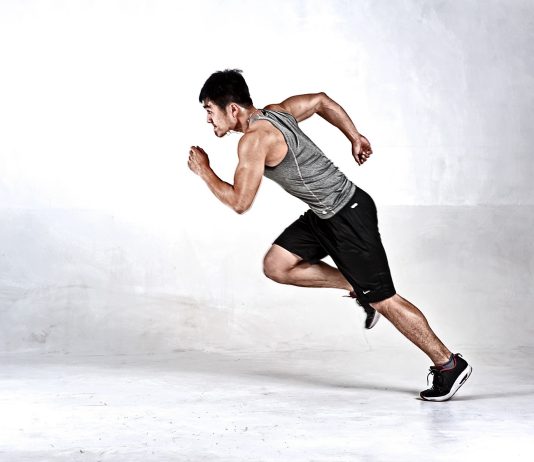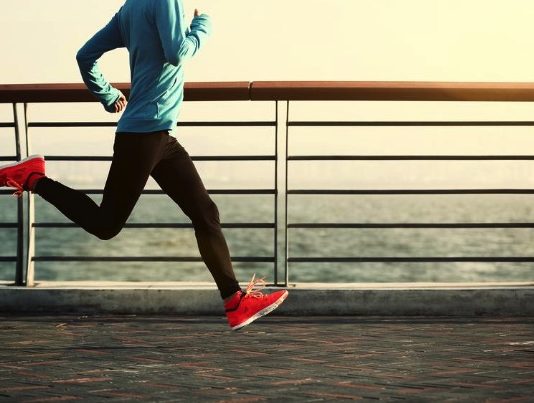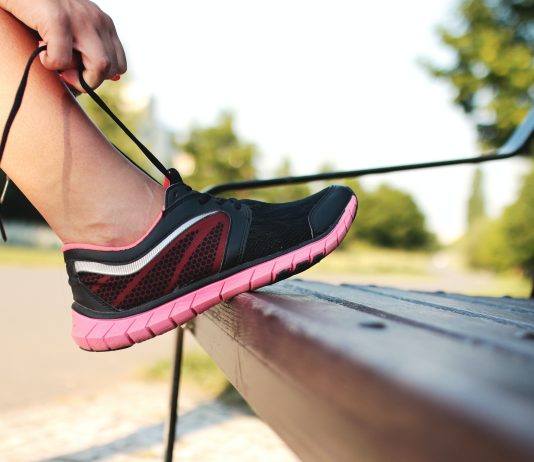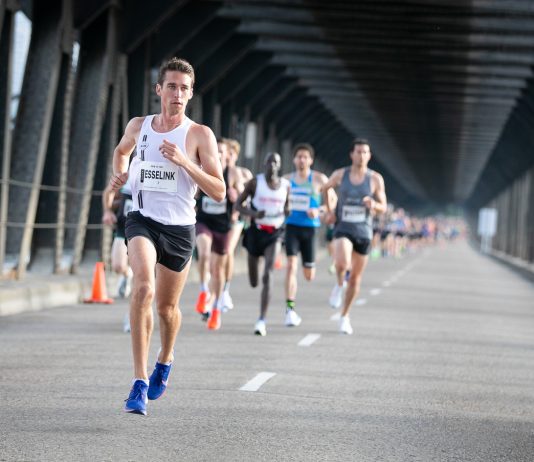Are you preparing for the 1500m race and curious about your race pace? Look no further. Below, we present five workouts that can serve as indicators of your current form and help you gauge your readiness for the race.
Taoufik Makhloufi, the Algerian track and field star, has made a name for himself in the 800m and 1500m events. His outstanding achievements include three Olympic medals—gold and two silvers—in the 2012 and 2016 Games.
Living with chronic pain can be an incredibly challenging and debilitating experience, affecting both physical and emotional well-being. The lower back, also known as the lumbar region, is a common source of discomfort for many individuals and often leads to missed workdays. Surprisingly, lower back pain ranks among the most prevalent causes of absenteeism in the United States.
In our hectic lives, it is all too easy to overlook the significance of nurturing and fortifying our lower back muscles. Neglecting these essential muscles can result in weakness over time, rendering us vulnerable to pain and potential injuries. The erector spinae, the group of muscles in the lower back, plays a pivotal role in supporting the spine and facilitating movements such as bending forward and lifting objects. By actively engaging and strengthening these muscles, we can mitigate discomfort and elevate our overall well-being.
The pursuit of running a mile in under four minutes remains an elusive and monumental achievement for countless athletes. Even at the age of 40, Eamonn Coghlan accomplished this feat, joining the exclusive club of sub-four-minute milers. Breaking through this barrier has seen remarkable performances, with some athletes shattering records while others inch closer. As we delve into the training program designed to crack this ultimate goal, we witness tales of triumph and unique approaches that have propelled athletes toward the pinnacle of their athletic endeavors.
Strengthening Your Glutes: Unlocking Your Running Potential and Preventing Injuries
Runnerstribe Admin -
It's a common refrain for runners: strengthening the gluteal muscles is crucial, especially when seeking guidance from physiotherapists during injury recovery. But have you ever wondered about the true significance of the glutes during running? And can exercises like glute bridges actually make a difference?
Calf weakness is a common hurdle encountered by runners, often resulting in discomfort and potential injuries in the foot and lower leg. When assessing a runner's gait mechanics, one noticeable manifestation is the excessive forward movement of the knee beyond the toe during mid-stance, referred to as increased anterior tibial translation. Although there are several contributing factors to this issue, our primary focus today revolves around the significant impact of calf weakness.
A stress fracture, characterized by a small, fine break in a bone, is a prevalent injury among runners and athletes who subject their bodies to repetitive strain. While various bones can be susceptible to stress fractures, it is the bones in the legs and feet that face the greatest risk, especially for long-distance runners in rigorous training. Among these bones, the metatarsals in the midfoot area are particularly vulnerable to stress fractures.
Stress fractures materialize when weakened bones buckle under excessive weight or repetitive strain. This condition often arises due to an imbalance in bone health, where the body's natural bone-rebuilding process struggles to keep pace with the demands imposed upon it. Fear not, for there are practical measures you can implement to safeguard against stress fractures, ensuring the strength and durability of your bones for years to come.
When it comes to long-distance running, finding the perfect balance of strength, speed, and endurance is the key to success. These crucial elements require careful cultivation through consistent training, including workouts such as the dynamic 400m repeats. What sets this workout apart is its innovative approach—gradually reducing the recovery time between intervals, challenging your body to develop both strength and endurance while maintaining a swift pace.



